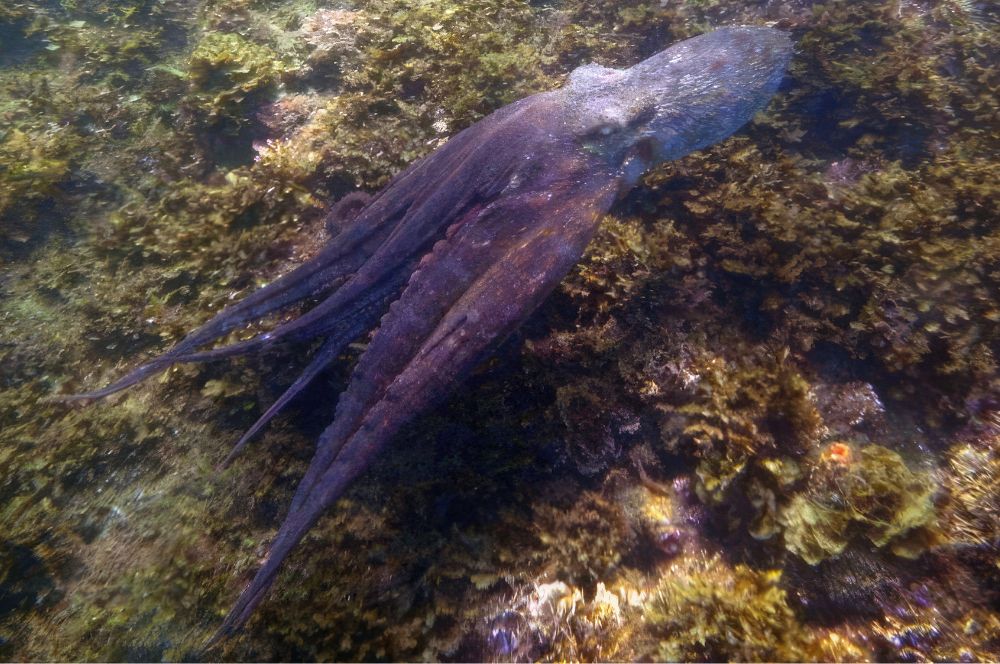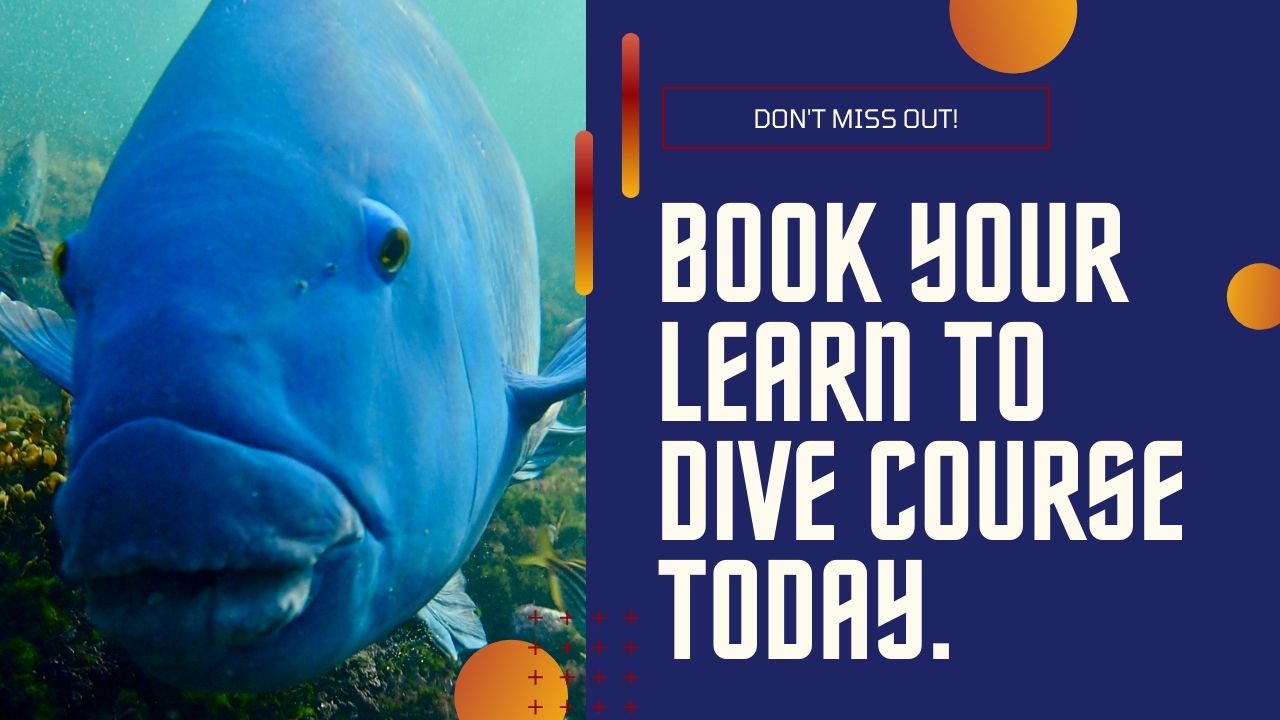You have 0 product(s) in your cart.
Abyss Scuba Diving
Inky Encounters | Diving With Sydney's Spectacular Octopuses
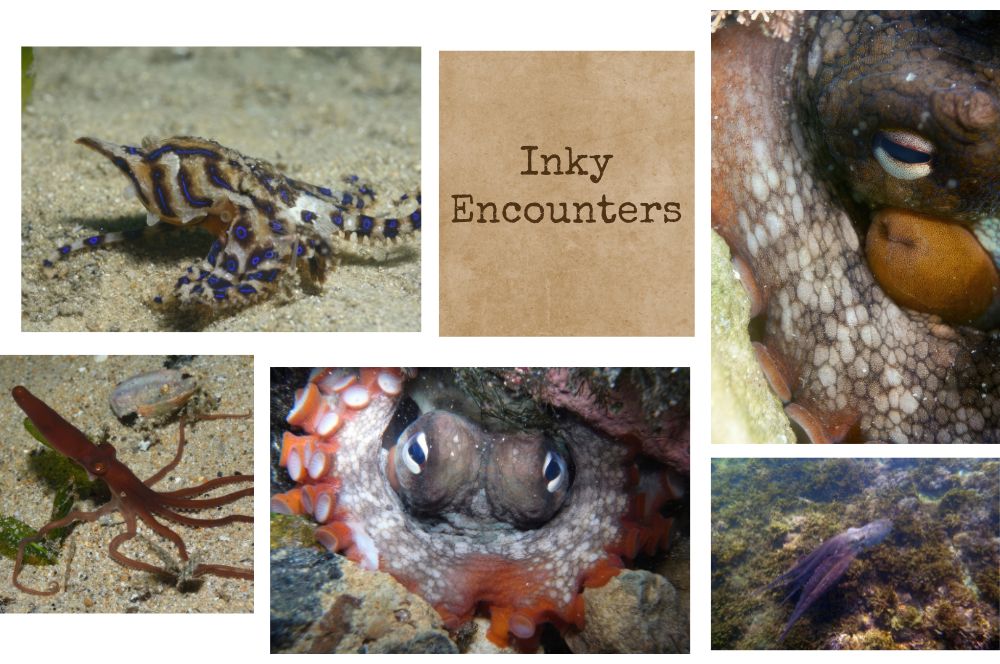
Inky Encounters: Diving with Sydney's Spectacular Octopuses
Are you ready to dive into the mesmerizing world of Sydney octopuses? From their jaw-dropping camouflage abilities to their curious mating rituals, these amazing cephalopods will leave you awestruck. Join us as we explore these incredible marine creatures' fascinating lives and diverse habitats around Sydney’s coast.
Sydney Octopuses a Short Summary
-
Discover the captivating “magic” of Sydney’s octopuses with their incredible camouflage skills and complex life cycles!
-
Explore exciting habitats, witness remarkable behaviours, and understand their dynamic role in marine ecosystems!
-
Dive safely into popular sites around the city for an unforgettable experience with these amazing creatures!
The Magic of Octopuses
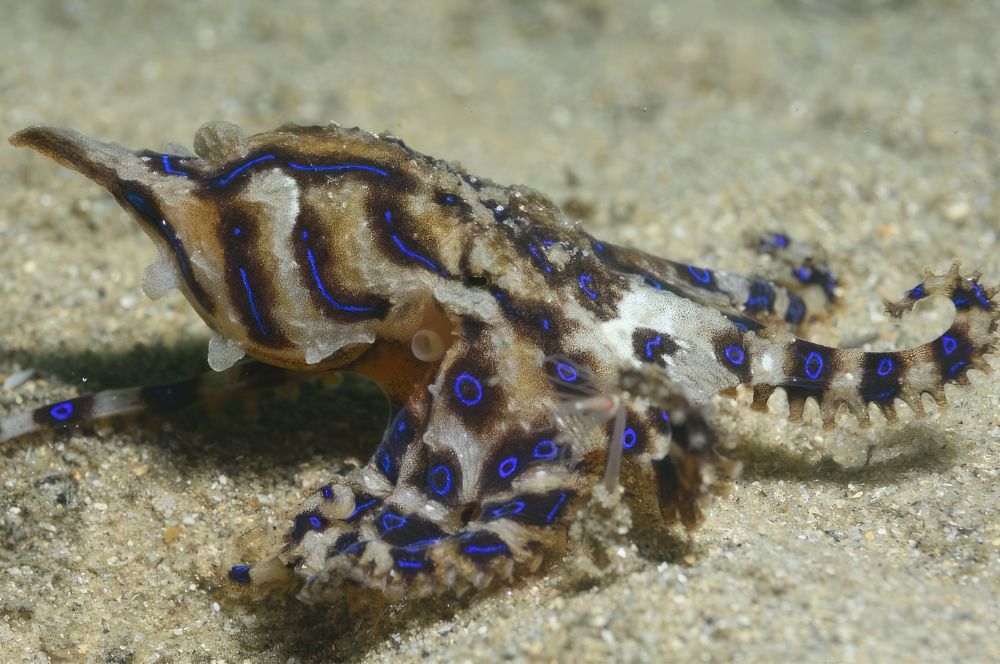
Sydney is home to an outstanding variety of octopus species, each with its own unique abilities and characteristics. From the enigmatic blue-ringed octopuses to the elusive gloomy octopus, these marine species have captured the imagination of marine biologists and ocean enthusiasts alike.
Whether it’s their incredible camouflage skills or their complex life cycles, there’s always something new to discover about these fascinating creatures.
Common Sydney Octopus (Octopus tetricus)
The gloomy octopus, also known as the common Sydney octopus, is a remarkable species found along the eastern coast of Australia, spanning from eastern Victoria to southern Queensland and even northern New Zealand. These intriguing creatures are notable for their social behaviour, constructing dens and forming groups, despite the melancholic appearance of their pale eyes.
Scientifically recognized as Octopus tetricus, the gloomy octopus possesses exceptional abilities, including the remarkable capacity to change the colour of its skin through chromatophores. Inhabiting the subtropical waters of eastern Australia and New Zealand, these predatory creatures can grow to sizes of 60-80 cm, displaying a captivating blend of mottled brown, orange, and grey hues.
They serve as an important resource for the fishing industry in the region, with Octopus tetricus being highly valued commercially. Additionally, common Sydney octopuses are known for their cannibalistic tendencies, which adds an exhilarating aspect to their behaviour.
Fascinatingly, they exhibit protective behaviours, guarding their eggs until hatching, often sacrificing their own lives due to their intense devotion and care.
Blue-Ringed Octopus
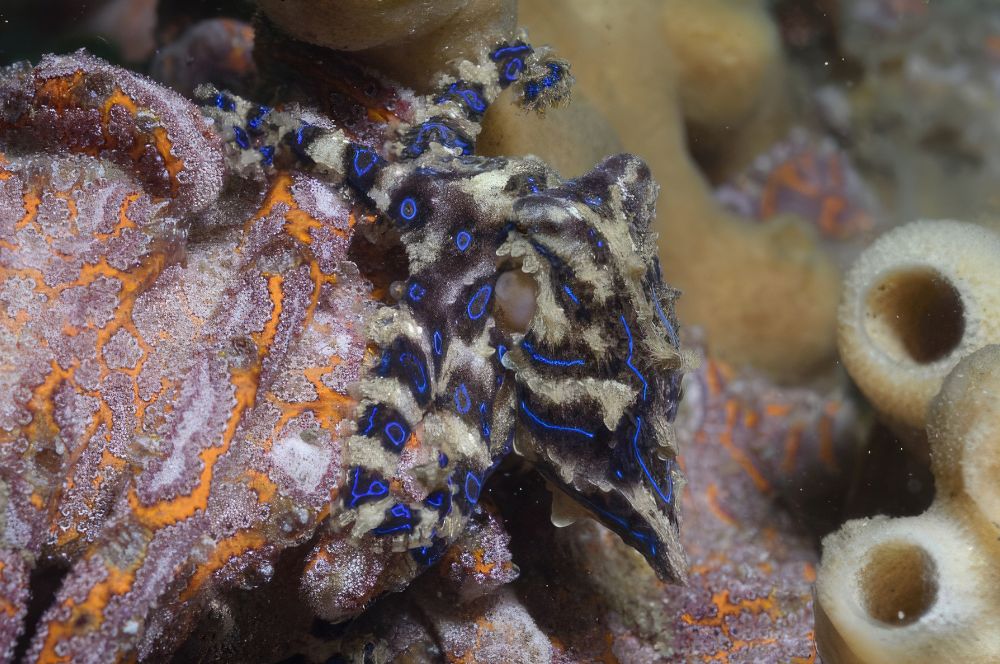
The southern blue-ringed octopus, also known as the greater blue-ringed octopus or the blue-lined octopus, is a small but venomous species found in Sydney’s waters, easily recognizable by their striking bright blue rings. With a short lifespan of just two years, these octopuses are both predators and prey in the marine ecosystem, often hunted by larger marine species such as sharks and eels.
Despite their small size (4-6 cm in length), the blue-ringed octopus venom packs a powerful punch, making them one of the most dangerous sea creatures in the region.
Southern Sand Octopus
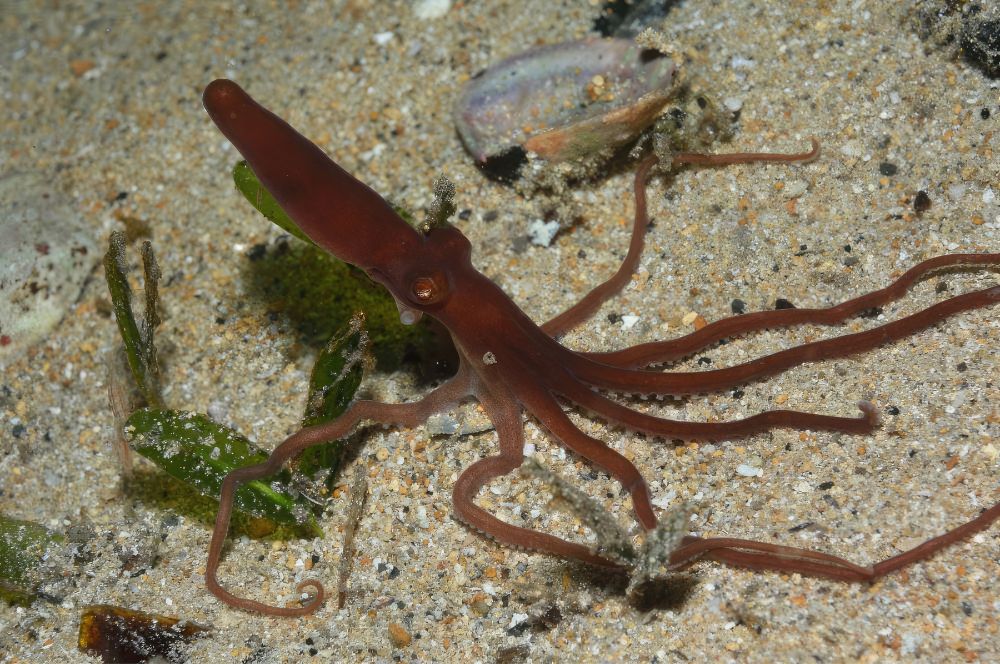
The southern sand octopus is a true master of disguise, using its unique adaptations to burrow into the sand and hide from predators. With a flattened body shape and special skin, these octopuses can blend seamlessly with their surroundings and swiftly move through their soft-sediment habitats.
Their ability to change colour and camouflage themselves allows them to hunt their prey, including crustaceans such as hermit crabs and molluscs, more effectively in their sandy environment.
Maori Octopus
As the largest octopus species in Australia, the Maori octopus is known for its aggressive behaviour and powerful arms. Growing up to an impressive arm span of 3 meters, these octopuses can be found in shallow waters, usually in rocky coral reefs and soft-sediment habitats.
Their size and strength make them formidable predators in the marine ecosystem, making them a thrilling species to encounter in Sydney’s waters.
Sydney Octopus Habitats
The diverse habitats of Sydney’s octopuses range from rocky reefs to soft-sediment environments, each providing unique opportunities for these fascinating creatures to thrive. From the intertidal rocky shores where blue-ringed octopuses can be found to the deeper waters where the elusive gloomy octopus resides, these habitats offer an incredible array of marine species and ecological interactions.
Octopuses are highly intelligent creatures, capable of problem-solving and learning from their environment.
Rocky Reefs
Many octopus species, such as the Maori and common Sydney octopus, prefer rocky reefs as their habitat of choice. These areas provide shelter and abundant food sources for these skilled hunters. In these environments, octopuses can find a variety of prey, such as crabs, clams, sea snails,, and small fish, making rocky reefs a haven for these fascinating creatures.
Octopuses are incredibly intelligent and have been known to use tools, solve puzzles, and even fight.
Soft-Sediment Habitats
Like the southern sand octopus, other octopus species thrive in soft-sediment habitats. These environments, composed of sand, mud, and other soft materials, allow octopuses to use their unique adaptations to hunt and hide.
The southern sand octopus, for example, can burrow into the sand to evade predators and ambush unsuspecting prey, showcasing the remarkable adaptability of these intelligent marine creatures.
Life Cycle and Reproduction
The life cycle and reproduction of Sydney’s octopuses are nothing short of fascinating. From complex mating behaviours to the dedicated care of their eggs, each species exhibits its own unique reproductive strategies.
Join us as we uncover the secrets of their life cycles and the intricate rituals they perform in the name of love.
Mating Behavior
Octopuses display a variety of complex mating behaviours, including signalling, mate defence, and aggression. Males often swim around in circles or flash their colours to attract potential mates, while females may become protective towards males in order to safeguard their eggs.
During the actual mating process, the male uses a modified arm called hectocotylus to place a pack of sperm into the female’s mantle cavity, showcasing the intricate rituals of these captivating creatures.
Egg Laying and Care
The female octopus lays eggs in various formations and guards them until they hatch, often dying shortly after as a result of her tireless dedication. The eggs are often attached to an overhang in the female’s den, allowing her to watch over them and ensure their safety.
During the breeding season, she does not eat and instead focuses on providing care for her precious eggs, highlighting the incredible devotion of these remarkable mothers.
Feeding Habits and Hunting Techniques
Sydney’s octopuses boast a diverse array of feeding habits and hunting techniques, from nocturnal hunting to cannibalistic tendencies. Let’s delve into their world and discover how these incredible marine species capture their prey and satisfy their hunger in the depths of the ocean.
Octopuses are known to use a variety of strategies to capture their prey, such as hunting.
Nocturnal Hunters
Octopuses are most active at night and rely on their strong sense of smell to locate prey. They can detect both chemical signatures from prey as well as potential predators, allowing them to move stealthily in the dark.
Cannibalism
Sometimes, octopuses will cannibalize others when food is scarce or competition for resources is intense. While it might seemhttps://www.abyss.com.au/assets/blog/Sydney-Octopus-gloomy-octopus2.jpg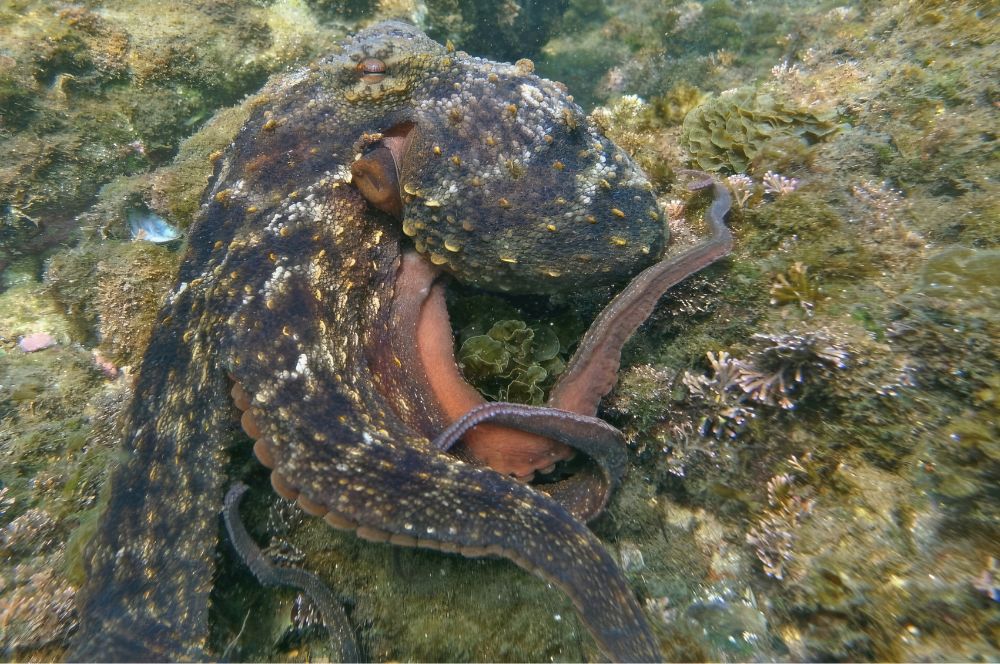
Octopuses are primarily nocturnal hunters, using the cover of darkness to stalk and capture their prey. They feed on a variety of crustaceans, molluscs, and other marine creatures, using their powerful tentacles to grab and hold their prey.
Under the cloak of night, these skilled hunters use their incredible camouflage abilities to blend into their surroundings and ambush their unsuspecting prey.
Cannibalistic Tendencies
Some octopus species, such as the common gloomy octopus, are known to eat their own kind, especially when resources are scarce. These cannibalistic tendencies can significantly impact the population of octopuses, as well as the ecosystem's overall health.
It is a thrilling reminder of the adaptability and resourcefulness of these amazing the face of adversity.
The Larger Picture: Octopuses in the Ecosystem
Octopuses play a crucial role in marine ecosystems, both as predators and prey. Their interactions with other species significantly impact the balance and health of their habitats. By understanding octopuses' important role in the marine world, we can appreciate the intricate connections between these captivating creatures and their environment.
Octopuses are incredibly intelligent and have complex behaviours, making them fascinating to observe. They are.
The Role of Octopuses in Marine Ecosystems
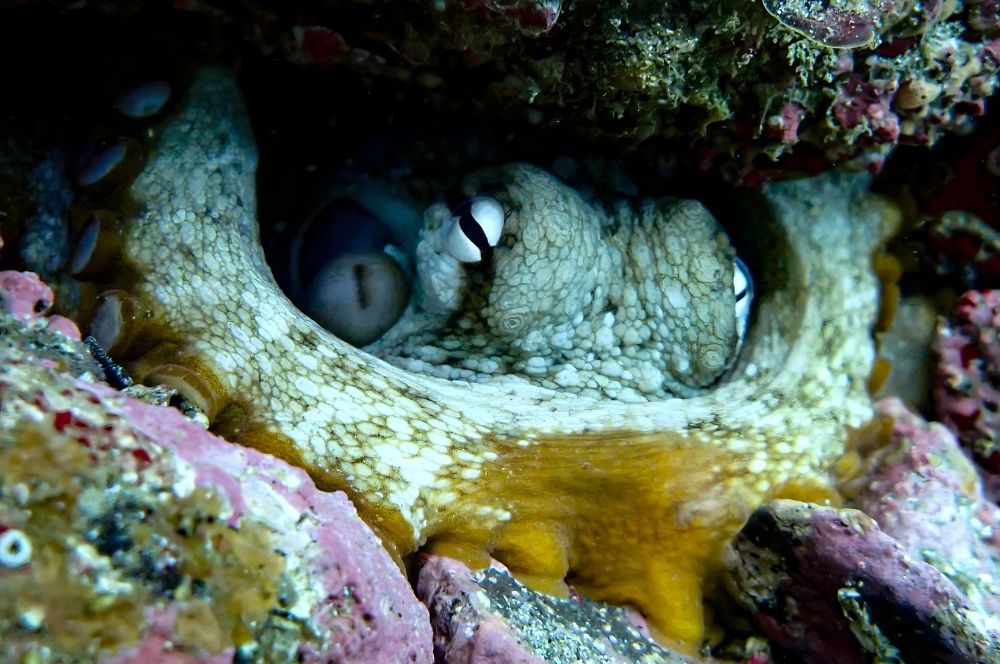
As key predators and prey in marine food webs, octopuses help maintain a delicate balance in their ecosystems. By controlling the populations of other species, they prevent overpopulation and ensure the overall health of their environment.
Their ability to engineer their surroundings and absorb greenhouse gases further highlights their vital role in the marine ecosystem, showcasing their unique marine and freshwater behaviour.
Into the Blue
Now that you have a deeper understanding of Sydney’s diverse octopus species, it’s time to dive into their world and witness their incredible behaviours and habitats firsthand.
Explore popular diving sites around Sydney and learn how to interact ethically with these fascinating creatures, ensuring their continued survival and well-being.
Popular Diving Sites to See Octopus Around Sydney
Some of the best diving sites to encounter Sydney’s mesmerizing octopus species include Cabbage Tree Bay Aquatic Reserve, Chowder Bay, Oak Park and the Pier and Nets dive sites such as Lilli Pilli. These locations offer the chance to observe a variety of octopuses, from the enigmatic blue-ringed octopus to the elusive gloomy octopus, as they navigate their captivating underwater world.
Visitors to these sites can expect to see octopuses in their natural habitat.
A Respect for Life: Ethical Interactions with Octopus
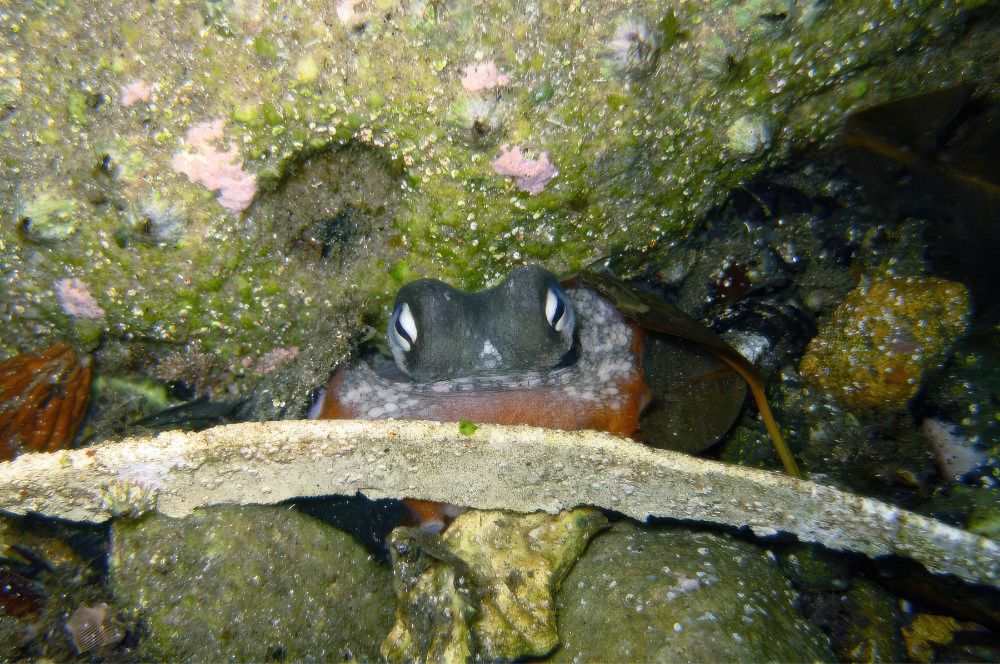
When diving with octopuses, it’s crucial to interact with them respectfully and ethically. Avoid touching, handling, or disturbing them and their environment, as this can cause stress and harm. Instead, observe from a safe distance and marvel at their incredible behaviours and adaptations.
By respecting their space and prioritizing their well-being, we can ensure these amazing marine species' continued survival and thriving, as highlighted in the marine ecology progress series.
Summary
From their extraordinary camouflage abilities to their complex mating rituals, Sydney’s diverse octopus species offers a captivating glimpse into the world of these fascinating marine creatures. As we dive into their habitats and witness their incredible behaviours firsthand, we gain a deeper appreciation for their vital role in marine ecosystems. So gear up and take the plunge into the mesmerizing world of Sydney’s octopuses, and you’ll surely be left in awe of these remarkable underwater wonders.
Frequently Asked Questions
What is the size of a Sydney octopus?
The Sydney octopus is a large and muscular species - its body can reach up to 80 cm, while its arm span can even extend to 2 m! Its arms are moderately to long, and the number of suckers it has on each normal arm range from 220 to 260. How amazing!
What do Sydney octopus eat?
The Common Sydney Octopus (Octopus tetricus) are nocturnal feeders that mainly dine on bivalves, crabs, molluscs and even other octopuses!
They are found in the waters of Australia, New Zealand, and the South Pacific. They have a lifespan of up to five years and can grow to a length of up to two meters. They are highly intelligent creatures, capable of problem-solving and learning from experience.
How long does a common Sydney octopus live?
The common Sydney octopus (Gloomy Octopus) has an average life span of 11 months, although environmental conditions can affect its development, growth, and maturation.
These conditions can include temperature, salinity, and food availability. For example, if the water temperature is too low, the octopus may not be able to feed and grow properly. Additionally, if the salinity is too high, the saltiness is too high.
Can you catch octopus in NSW?
Yes, you can legally catch octopus in New South Wales, but not while using scuba gear. However, it's strongly advised against it, as octopuses play a vital role in the marine ecosystem. Overfishing can disrupt this balance. Alternatives, like underwater photography or visiting aquariums, allow you to appreciate these creatures without causing harm.
How many species of octopus are there?
Amazingly, there are over 300 species of octopus identified so far! These intelligent creatures can be found in every ocean, with some living on the seafloor and others, like the paper nautilus, drifting closer to the surface.
They have two eyes, a beaked mouth and eight limbs, making them truly fascinating!
RELATED POSTS
-
Sydney's Underwater Biodiversity |…
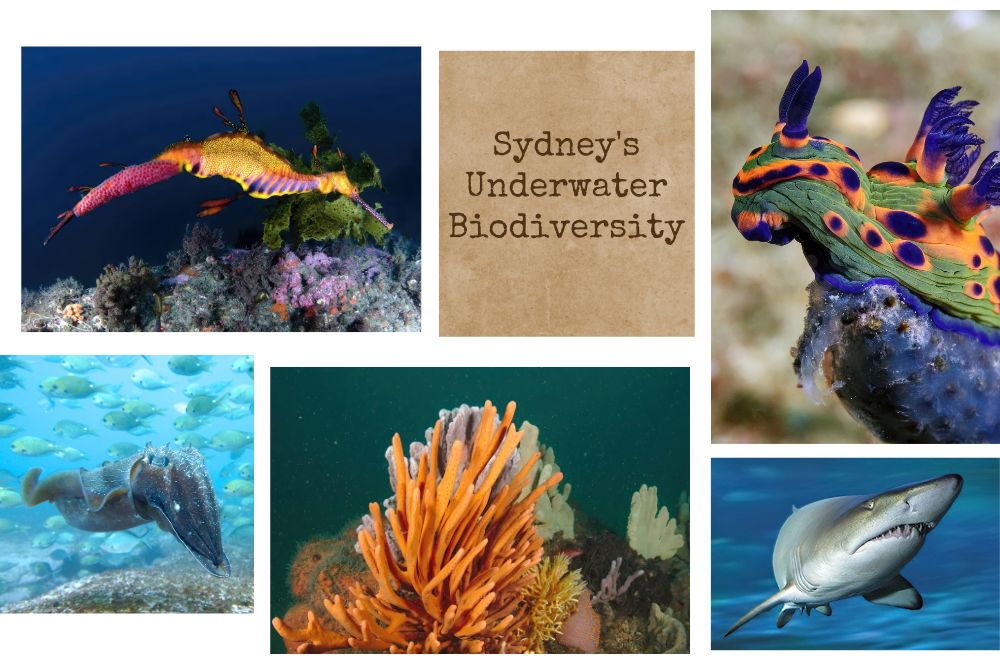
Sydney's Underwater…
Sydney's Underwater Biodiversity: A Scuba Diver's Guide Sydney, Australia’s largest city, is renowned […] -
Uncovering the Facts of the Hammerhead…
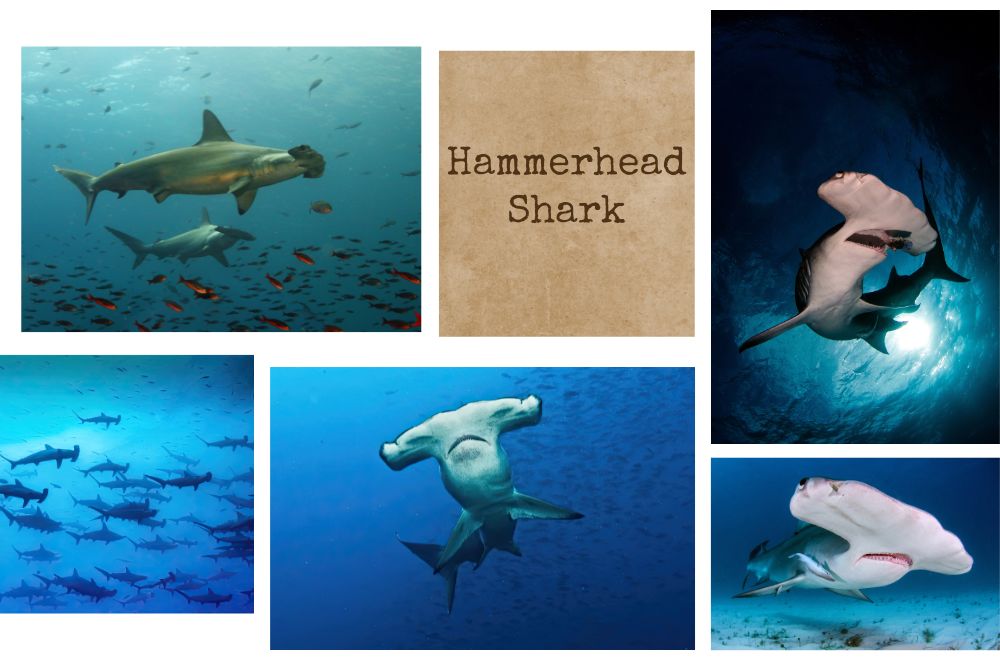
Uncovering the Facts…
Uncovering the Facts of the Hammerhead Shark Did you know that hammerhead sharks possess a unique head shape […] -
Unmasking the Mystery: Sydney's Very…
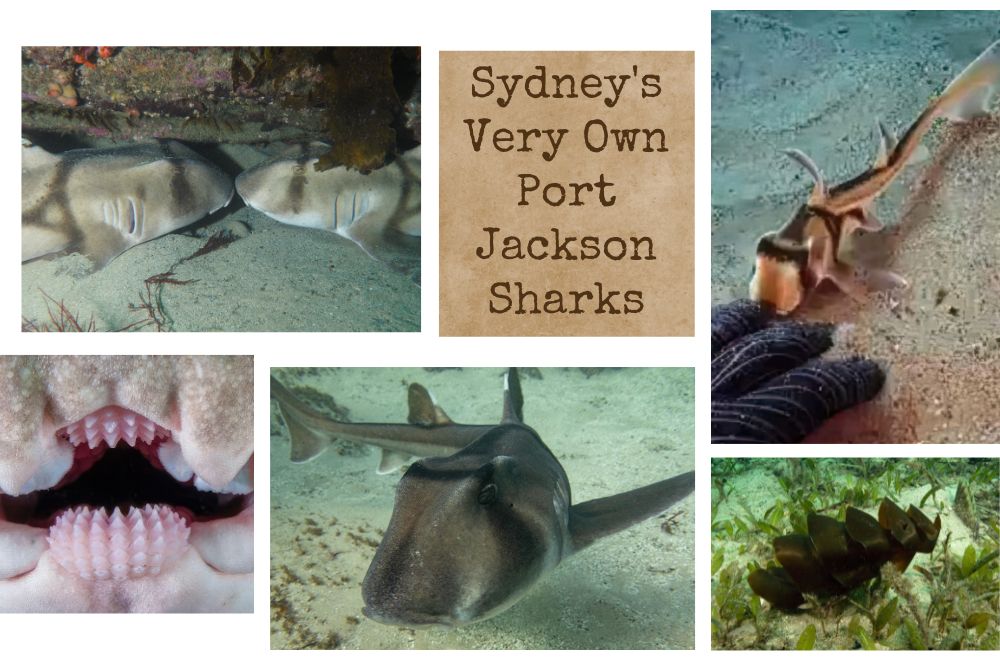
Unmasking the Mystery:…
Unmasking the Mystery: Sydney's Very Own Port Jackson Sharks Diving into the depths of Australia's southern […] -
Eastern Blue Groper: Sydney's Unique…
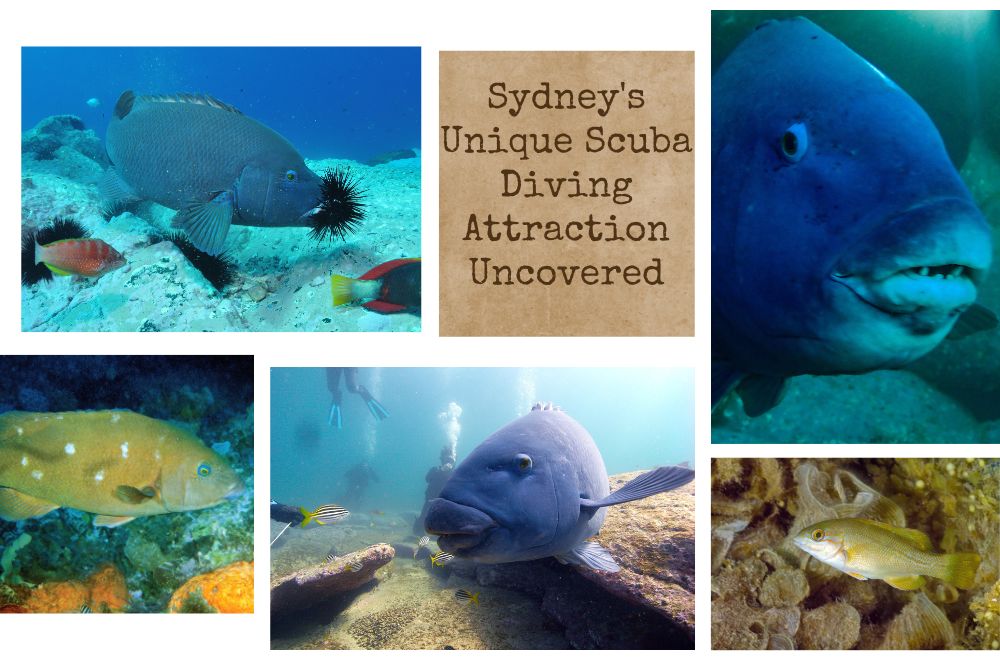
Eastern Blue Groper:…
Eastern Blue Groper: Sydney's Unique Scuba Diving Attraction Uncovered. Scuba diving in Sydney offers an […]
Recent Posts
